Each week, at least two journalists die doing their job somewhere in the world. Hannah Storm, of the International News Safety Institute, discusses the dangers of the profession.
In the first 20 days of this year, at least 10 journalists and media workers were killed doing their jobs. These 10 people weren’t household names, famous journalists whose deaths – like those of Marie Colvin and Tim Hetherington – generated column inches and inspired a collective call for better safety standards for media around the world.
And yet, every one of these 10 deaths tells the story of a life unjustly cut short as one person tried to shine a light into the darkest corners of society, give voice to the voiceless and expose the wrongdoings of criminal elements in their communities.
Like Saif ur Rehman, a senior reporter at Pakistan’s Samaa TV who died from the injuries he sustained after rushing to cover an explosion in Quetta. Saif was caught in a secondary explosion, triggered to wreak even greater havoc after the initial blast, as is so often the case in Pakistan. He wasn’t the first journalist in Pakistan to die this way and sadly he is unlikely to be the last. His three young sons will not be the last children to grow up without their journalist father.
Just a few days later, the Somali journalist Abdihared Osman Adan was murdered on his way to work at Radio Shabelle, where he was due to broadcast the morning news. Unlike his colleagues who slept at work because they feared for their safety, he was one of the very few journalists who dared to spend nights away from the radio station headquarters. Killed the day after he helped arrange for his radio station to do a broadcast about the dangers facing journalists in his country, Abdihared knew the threats all too well. He was the ninth journalist from Radio Shabelle to be murdered in recent years, making it the most targeted media organisation in Somalia.
The names of these two men are not well-known outside Somalia and Pakistan and yet Abdihared and Saif carried on reporting despite working in two of the most dangerous countries in the world for journalists.
Impunity
Across the world, journalists are dying needlessly at a rate of two or three a week. They are dying because they have not received adequate safety training. They are dying because the rise of continuous news demands they are first on the scene and they do not take or have the time to prepare and assess the risks they face. And they are dying because more often than not the killers of journalists evade justice.
Ineffective judicial systems, corrupt business people and immoral authorities, added to an absence of effective governance permit those who want to silence journalists to do so without fear of reprisals. Impunity like this is one of the biggest enemies of press freedom.
I recently learned that there is no word for “impunity” in the Philippines. And yet there have been 153 examples of this in the past 16 years, because that is the number of journalists whose murderers have got away scot free.
It’s not just in the Philippines where impunity is rife. In Mexico, in Pakistan, in Somalia, in dozens of countries across the world, on average nine out of 10 of the killers of journalists go unpunished.
There can be no press freedom where the culture of fear pervades, where the messenger is killed, where self-censorship dominates and where there is no guarantee of safety for journalists. The world is slowly waking up to this, but more must be done.
The United Nations has recently started work an interagency plan focussed on the safety of journalists and the issue of impunity. For it to have a chance of working, the diverse agencies of the UN, its member states and regional bodies must work together as they have committed to do so to fight the scourges to press freedom and the threats to journalism safety with more than just words. Until impunity is ended, those determined to silence the voices of journalists will continue to kill the messenger.
Safety in “Hostile Environments”
But journalists also need to be supported in other ways to ensure they know how to recognise the threats they face in their work and better deal with danger when it confronts them. The culture of safety and responsibility needs to become more widespread, in newsrooms, and in the field and with the correct implementation of international humanitarian law.
Since its establishment in 2003, the International News Safety Institute has been working to provide safety training and advice to journalists working in difficult and dangerous places. It helped get the UN to pass resolution 1738, which condemned acts of violence against journalists and media professionals in armed conflicts and called on all parties to put an end to such practices. This resolution was called for, and ultimately passed, to reflect the sheer scale of journalists’ deaths during the Iraq conflict. Now, almost a decade after the invasion of Iraq, that conflict is still responsible for the deaths of more journalists than any other in recent times.
INSI continues to focus its efforts on supporting journalists in areas of the world where they do not receive safety training from the employers and it works with its members, who include the biggest news organisations in the world, to share confidential information about safety issues during breaking stories. As INSI looks ahead to its next decade, the need for an improved culture of safety for journalists in newsrooms, governments and amongst individuals is greater than ever.
The relentless pursuit of 24 hour news, the inexorable rise of citizen journalism and the ease with which inexperienced journalists are now able to find themselves in dangerous environments means we are facing an unprecedented situation. We know that safety training is absolutely crucial. It helps journalists gain an understanding of the dangers associated with the environment in which they work. It teaches them how to prepare adequately for an assignment and it gives them the skills to assess risk, and hopefully allow them to understand what to do if the worst does happen. And it also gives them a precious few seconds to make what can be life-saving decisions.
In the past, it was predominantly war correspondents who received this so-called “hostile environment” training. Nowadays, it’s no longer enough to restrict safety training to journalists working in conflict zones. Daily dangers are not just confined to traditional hostile environments, where the bang and bullets, the machines and minefields may allow for some degree of predictability if correctly understood, and offer precious extra seconds when time is really of the essence.
Some of the biggest stories of the past few years have been away from the battlefield. Environmental disasters, civil unrest, nuclear crises, oil spills – all of these have seen the safety of journalists and news crews compromised – and have underlined the need for better safety training and first aid for the news media.
The High Stakes of Responsibility
Responsibility must start with the individual journalist. At INSI, we’re seeing a worrying trend develop of young or inexperienced journalists heading off to cover stories without adequate preparation. Too often they try to make do without the right equipment, training and insurance. If they are not prepared to invest in this, they are a liability to themselves, their friends, family and colleagues. But, employers too have a duty of care – from freelancers to drivers, translators to fixers, newsrooms must not shirk their responsibilities to those whom they commission or employ. Many news organisations are responsible – growing numbers now are making it clear that they will not take material from people whom they have not commissioned to try and prevent them from taking silly risks. However, some media organisations are not so scrupulous, and sadly a lack of experience means a lack of real understanding of the risks when seduced by the possibility of the reward.
The stakes are high but the risks and – some would say – the rewards are higher.
Organisations like INSI are working to try and minimise the risk and maximise the prevalence of the safety culture. We don’t want journalists to be straight-jacketed, but we do want them to be better prepared. It’s a very delicate balancing act. Journalists know that conflict reporting can never be entirely safe, something that was brought home most tragically on February 22 last year with the death of Marie Colvin. The Sunday Times correspondent was killed in the Syrian city of Homs, doing what she did best – her final stories epitomising what she did best.
“Our mission is to report these horrors of war with accuracy and without prejudice,” she had said in a speech paying tribute to journalists who had been killed in 2010, which she used to underline her belief in the importance of war reporting. “We always have to ask ourselves whether the level of risk is worth the story. What is bravery, and what is bravado?” She continued to believe it was worth the risk, even though she acknowledged during that speech that “it has never been more dangerous to be a war correspondent, because the journalist in the combat zone has become a prime target.”
Just over a year after delivering this speech at St Brides Church in London at a service to honour those journalists who had died that year delivering the news to the UK, she was killed. After her death, many news outlets quoted this St Brides speech, and in doing so many highlighted the following comments:
“The real difficulty is having enough faith in humanity to believe that enough people be they government, military or the man on the street, will care when your file reaches the printed page, the website or the TV screen. We do have that faith because we believe we do make a difference.”
And we could not make that difference – or begin to do our job – without the fixers, drivers and translators, who face the same risks and die in appalling numbers. Today we honour them as much as the front line journalists who have died in pursuit of the truth. They have kept the faith as we who remain must continue to do.”
Like Marie Colvin, we must keep the faith and believe the job is doing, but we must also keep the faith and believe that we can make the world a safer place for those who take such extreme risks to bring us the truth.
The views expressed in this article are the author's own and do not necessarily reflect Fair Observer’s editorial policy.
Image: Copyright © Shutterstock. All Rights Reserved.
Support Fair Observer
We rely on your support for our independence, diversity and quality.
For more than 10 years, Fair Observer has been free, fair and independent. No billionaire owns us, no advertisers control us. We are a reader-supported nonprofit. Unlike many other publications, we keep our content free for readers regardless of where they live or whether they can afford to pay. We have no paywalls and no ads.
In the post-truth era of fake news, echo chambers and filter bubbles, we publish a plurality of perspectives from around the world. Anyone can publish with us, but everyone goes through a rigorous editorial process. So, you get fact-checked, well-reasoned content instead of noise.
We publish 2,500+ voices from 90+ countries. We also conduct education and training programs
on subjects ranging from digital media and journalism to writing and critical thinking. This
doesn’t come cheap. Servers, editors, trainers and web developers cost
money.
Please consider supporting us on a regular basis as a recurring donor or a
sustaining member.
Will you support FO’s journalism?
We rely on your support for our independence, diversity and quality.


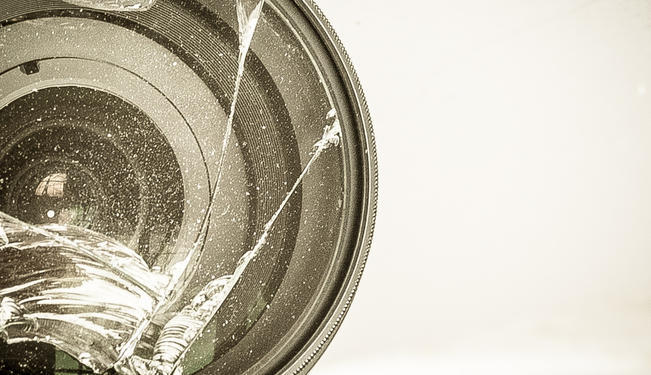
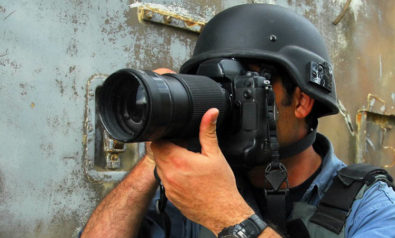

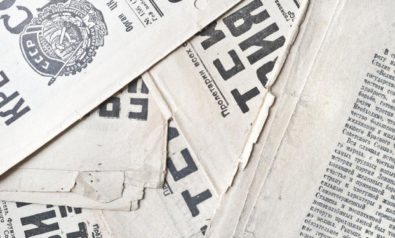







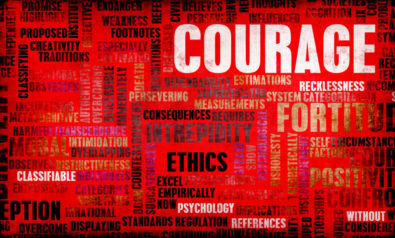
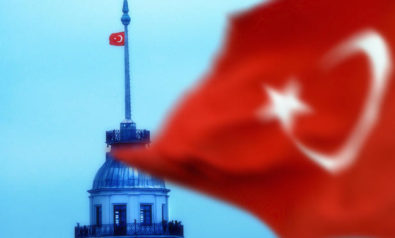
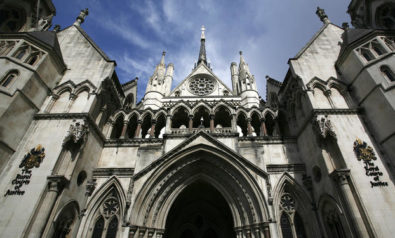
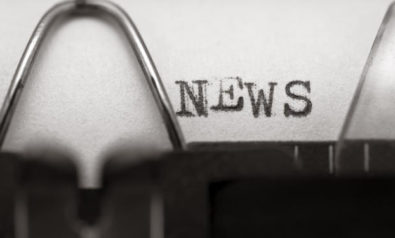

Comment